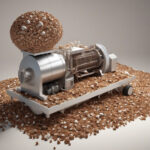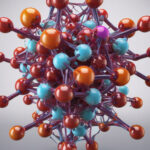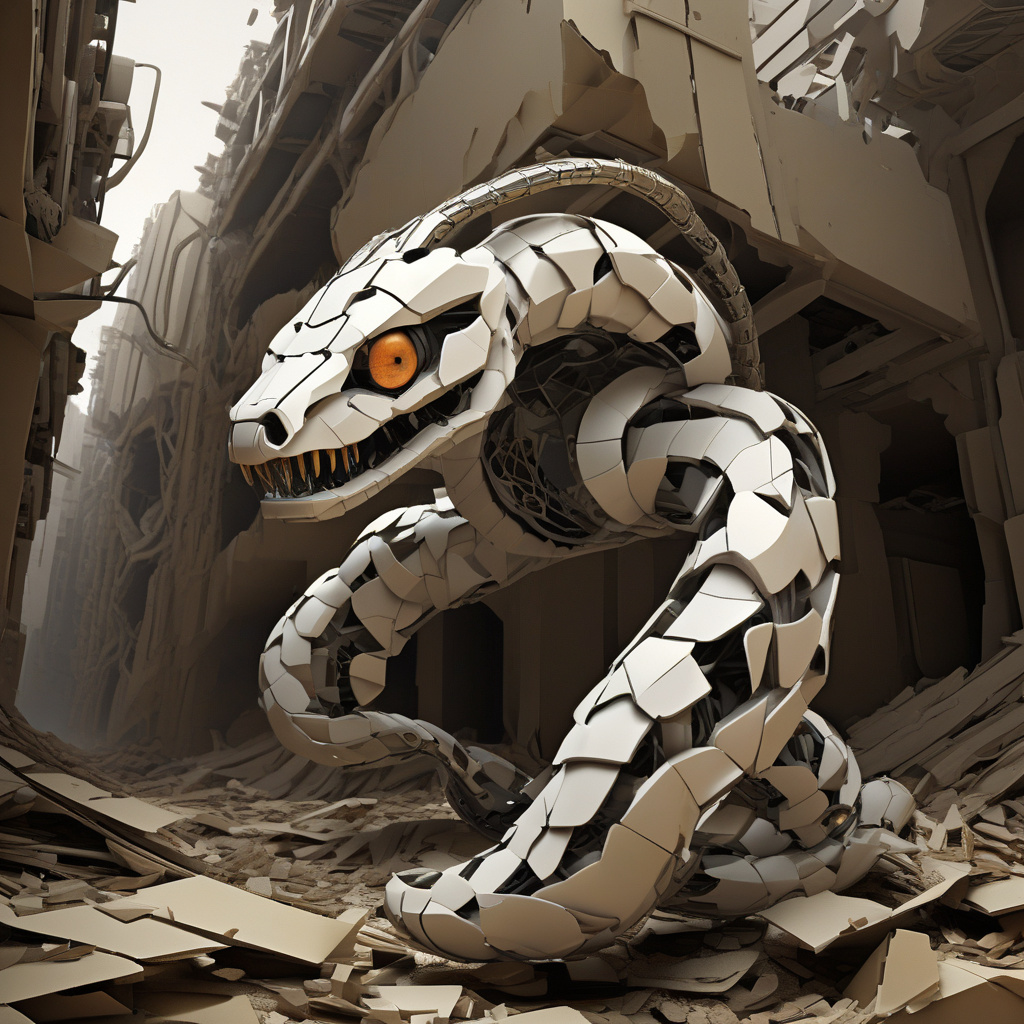Video: New Snake-Like Robot Crawls Through Hazardous Spaces with Kirigami Skin
Researchers from the University of Southern Denmark (SDU) have developed a bioinspired soft robot that takes a cue from nature to navigate through hazardous environments. This innovative creation, resembling a snake with its slithering motion, is equipped with kirigami skin, allowing it to adapt to various surfaces and squeeze through tight spaces effortlessly.
The field of robotics has always looked towards nature for inspiration, and this snake-like robot is a testament to the marvels of biomimicry. Drawing inspiration from the way snakes move through challenging terrains, the researchers at SDU have harnessed the power of kirigami – the Japanese art of cutting and folding paper – to design a flexible and adaptable skin for the robot.
What sets this robot apart is its ability to traverse environments that are typically inaccessible to rigid robots or humans. Its kirigami skin expands and contracts as needed, enabling the robot to maneuver through cluttered spaces, irregular surfaces, and tight gaps with remarkable ease. This feature makes it ideal for applications in search and rescue missions, disaster response, and exploration of confined or hazardous areas.
The incorporation of kirigami skin not only enhances the robot’s mobility but also ensures its durability and resilience. The robot’s soft body and articulated movements reduce the risk of damage to both the robot itself and its surrounding environment, making it a safer and more sustainable option for missions in challenging settings.
Moreover, the snake-like robot’s design allows for silent and discreet operation, making it suitable for scenarios where stealth and minimal disturbance are crucial. Whether navigating through rubble in a collapsed building or inspecting tight spaces in industrial settings, this innovative robot can fulfill tasks efficiently without drawing unwanted attention.
The potential applications of this snake-like robot are vast and varied. Beyond its role in search and rescue missions and industrial inspections, it could also be utilized in medical procedures, archaeological explorations, and even space missions where traditional robots struggle to reach. By mimicking nature’s design principles, this robot opens up new possibilities for exploring and interacting with environments that were once deemed too hazardous or inaccessible.
The development of the snake-like robot with kirigami skin marks a significant advancement in the field of soft robotics and underscores the importance of interdisciplinary research in creating innovative solutions. By combining principles from biology, engineering, and design, researchers have pushed the boundaries of what is possible in robotics and paved the way for a new generation of versatile and adaptable machines.
As we continue to unlock the secrets of nature and harness them for technological innovation, the potential for creating robots that can thrive in ever-changing and unpredictable environments becomes increasingly promising. The snake-like robot from SDU is a shining example of how merging biological inspiration with cutting-edge engineering can lead to groundbreaking discoveries with far-reaching implications.
In conclusion, the development of the snake-like robot with kirigami skin represents a significant step forward in the realm of soft robotics, showcasing the power of bioinspired design in creating robots that can navigate hazardous spaces with agility and precision. As we look to the future, the lessons learned from nature’s ingenious mechanisms are sure to drive further innovations in robotics and pave the way for a more resilient and adaptable generation of machines.
#Robotics #Bioinspiration #KirigamiSkin #SoftRobotics #Innovation












